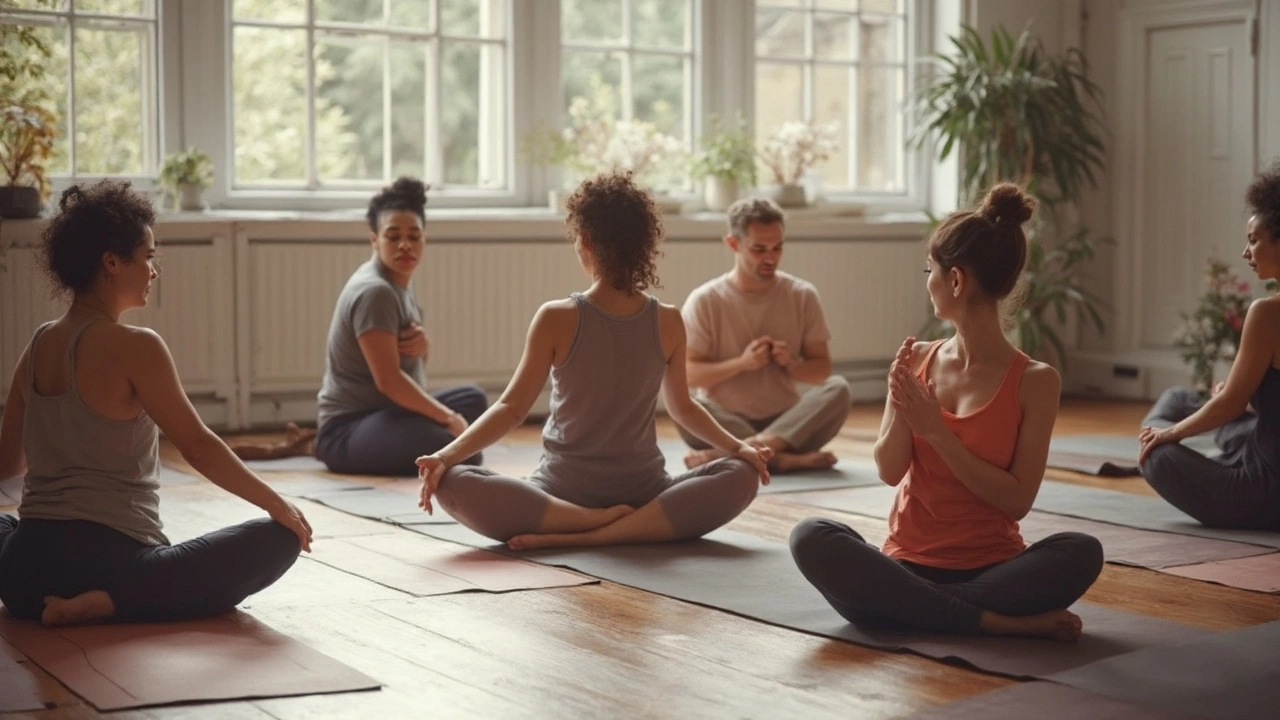Posture: Simple fixes, massage help, and daily habits
Bad posture doesn’t only look sloppy — it creates neck, shoulder and lower back pain. The good news: small, consistent changes plus the right bodywork can make a big difference. Below I give quick checks, daily moves you can do in minutes, and which massage or therapy helps most.
Quick posture check and daily fixes
Do this one-minute test: stand with your back to a wall so your heels, butt and shoulders touch it. Can you slide a flat hand behind your lower back? A small gap is okay; a large gap means the low back is overarched and needs attention.
Desk setup wins or loses the day. Set your screen at eye level, keep elbows near 90 degrees, feet flat and knees level with hips. Use a chair with decent lumbar support or a small pillow. Every 25–30 minutes, stand, shrug your shoulders, and do two shoulder blade squeezes — five reps. Tiny habits like this stop stiffness from building up.
Three practical moves you can do anywhere: 1) Chest opener: clasp hands behind your back and lift slightly to counter rounded shoulders. Hold 20–30 seconds. 2) Thoracic extension: sit tall and reach both arms overhead, then gently arch back over the top of a chair for 10–15 seconds. 3) Hip flexor stretch: kneel on one knee and push hips forward to release tight hips that tilt the pelvis.
Which therapies help posture
Myofascial release and trigger point work target tight tissue that pulls you out of alignment. They soften knots and restore glide between layers of tissue. Rolfing and deep structural bodywork aim to change how your body holds itself over time — they go deeper and focus on alignment across the whole body.
Fascia stretching and guided mobility sessions are great if you train or lift weights; they help muscle length and recovery. Chair massage or short, targeted sessions are perfect for office workers — they ease neck and shoulder tension fast and often fit into a lunch break. Percussion devices (massage guns) can help short-term by reducing muscle tightness before stretching.
When booking, ask the therapist: do you work on posture and which techniques do you use? Request follow-up home exercises. Expect some soreness after deep sessions — mild discomfort can be normal, but sharp pain or numbness is not. For persistent pain, tingling, or weakness, see a doctor before bodywork.
Frequency depends on how long habits took to form: start with weekly or biweekly sessions for a month, then switch to maintenance every 3–6 weeks. Combine that with short daily moves and a better desk setup and you’ll notice steadier posture, less pain, and more energy while sitting or moving.
Discover how Feldenkrais training reshapes the way you move, improves flexibility, boosts posture, and sharpens body awareness for real-world benefits.


 Health and Wellness
Health and Wellness